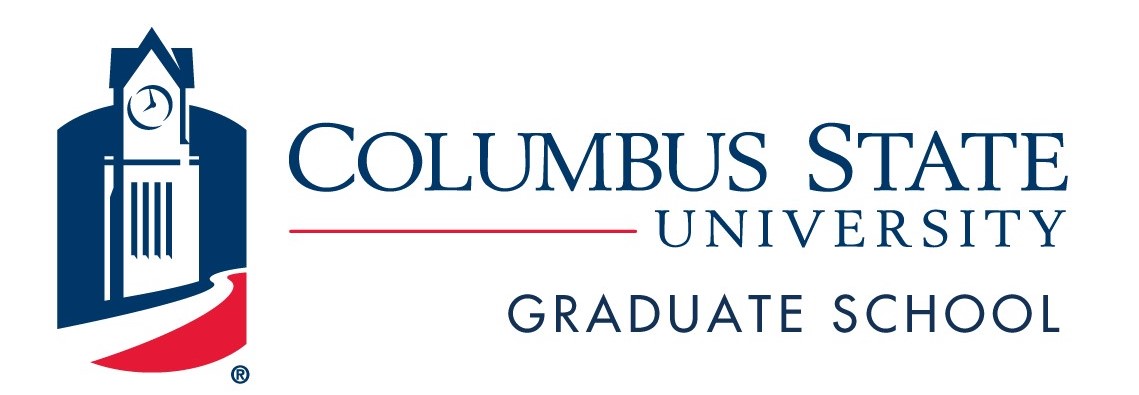SIR Model and the Data Fitting of Covid-19 in South and Southeast Asia
Presentation Type
Event
Location
Columbus State University
Start Date
3-11-2022 11:30 AM
Description
By February 2021, the overall impact of the coronavirus disease 2019 (COVID-19) in South and Southeast Asia had been relatively mild. Surprisingly, the second wave in early April 2021 in this region becomes devastating and attracted worldwide attention. Methods We focus on the nine countries with the highest accumulative deaths due to the disease by July 30, 2021. We study the transmission dynamics of the COVID-19 in South and Southeast Asia using the reported death data and fit into a mathematical model with a time-varying transmission rate. Results We estimated the transmission rate, the infection fatality rate, and the infection attack rate, the effects of vaccination in the nine countries in South and Southeast Asia. Our study suggests that the infection attack rate is still low in most countries and vaccination is needed to prevent further waves. Conclusion The implementation of the non-pharmacological interventions (NPIs) could have helped South and Southeast Asia to keep the COVID-19 under control in 2020 as reflected in our estimated low transmission rate. Factors like the emergence of the new Delta variant, social unrest, and migrant workers could have been the trigger of the second wave of COVID-19. Co-authors: Haitao Song, Yuan Liu, Xueying Wang, Daihai He
SIR Model and the Data Fitting of Covid-19 in South and Southeast Asia
Columbus State University
By February 2021, the overall impact of the coronavirus disease 2019 (COVID-19) in South and Southeast Asia had been relatively mild. Surprisingly, the second wave in early April 2021 in this region becomes devastating and attracted worldwide attention. Methods We focus on the nine countries with the highest accumulative deaths due to the disease by July 30, 2021. We study the transmission dynamics of the COVID-19 in South and Southeast Asia using the reported death data and fit into a mathematical model with a time-varying transmission rate. Results We estimated the transmission rate, the infection fatality rate, and the infection attack rate, the effects of vaccination in the nine countries in South and Southeast Asia. Our study suggests that the infection attack rate is still low in most countries and vaccination is needed to prevent further waves. Conclusion The implementation of the non-pharmacological interventions (NPIs) could have helped South and Southeast Asia to keep the COVID-19 under control in 2020 as reflected in our estimated low transmission rate. Factors like the emergence of the new Delta variant, social unrest, and migrant workers could have been the trigger of the second wave of COVID-19. Co-authors: Haitao Song, Yuan Liu, Xueying Wang, Daihai He

